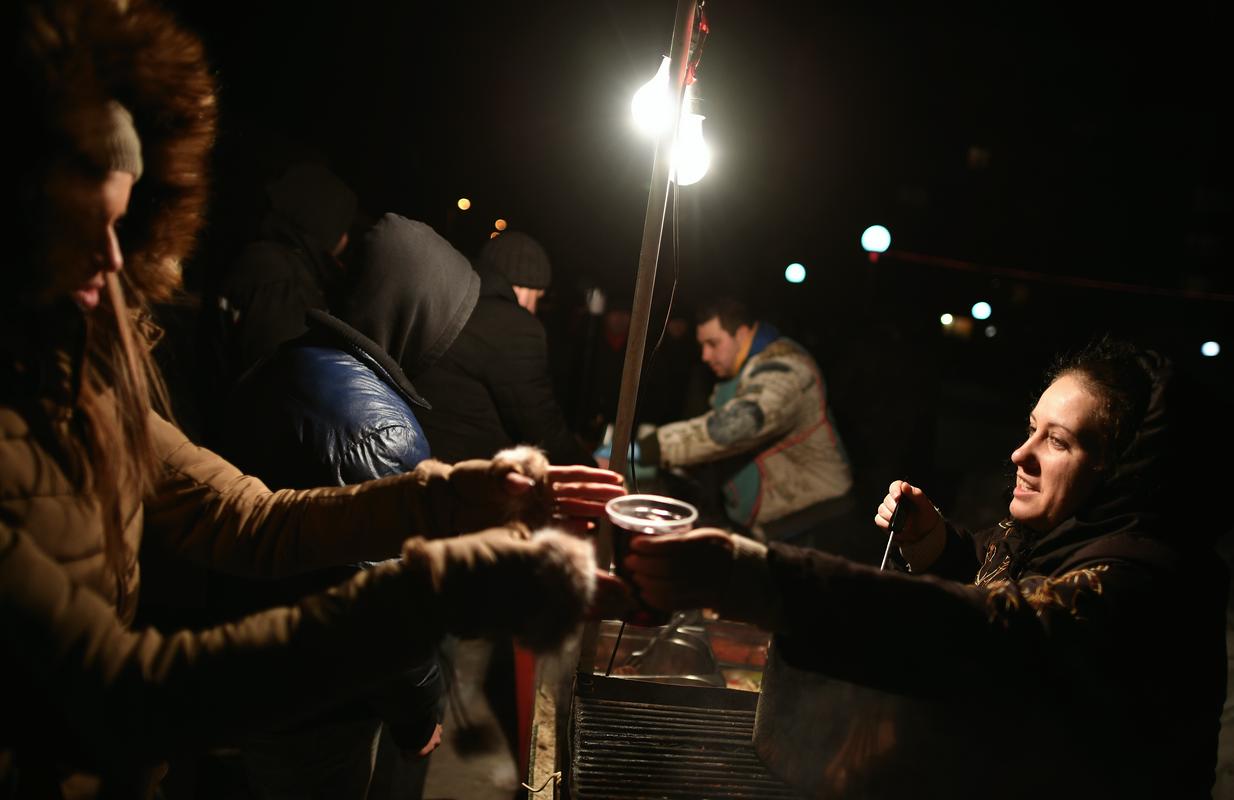
A team from the Tednik TV show, together with three wine experts, went out to try some of the mulled wine at the Ljubljana Christmas stalls. They later also analyzed the wine samples in the laboratory of the Biotechnical Faculty. The chemical analysis found the German standard of a 7 percent alcohol volume in mulled wine in only one sample.
Tednik invited renowned food expert Tatjana Košmerl, ethnologist Janez Bogataj, and Slovenia's first wine queen Lidija Mavretič, to be part of the show's expert team in analyzing the mulled wine offered at Ljubljana's stalls. The jury had nothing to be impressed about after its first stops. For two euros some stalls offered wine of unknown origin with lots of added water and sugar.
"This is archaically referred to as baptized wine. That means that the provider mixed it with too much water," said ethnologist Janez Bogataj. "Tart, inharmonious, and way too sweet," added Tatjana Košmerl. Every tested wine warmed up the hands, but the quality and tastes were very different. In some cases the mulled wine was mixed with large quantities of water, elsewhere they added just enough water to replace the liquid that evaporated during the heating process, and at other stalls they added no water at all.
The expert team then took samples from the tested wine to the laboratory of the Biotechnical Faculty in Ljubljana. "The results of the lab analysis showed that the difference in the content of sugar and alcohol was double the amount – from 40 to 97 grams of sugar per liter, and from a 4 to 8 percent alcohol volume per deciliter," said Tatjana Košmerl from the Biotechnical Faculty. Only one sample had a 7 percent alcohol volume, a standard in Germany for mulled wine.

































































